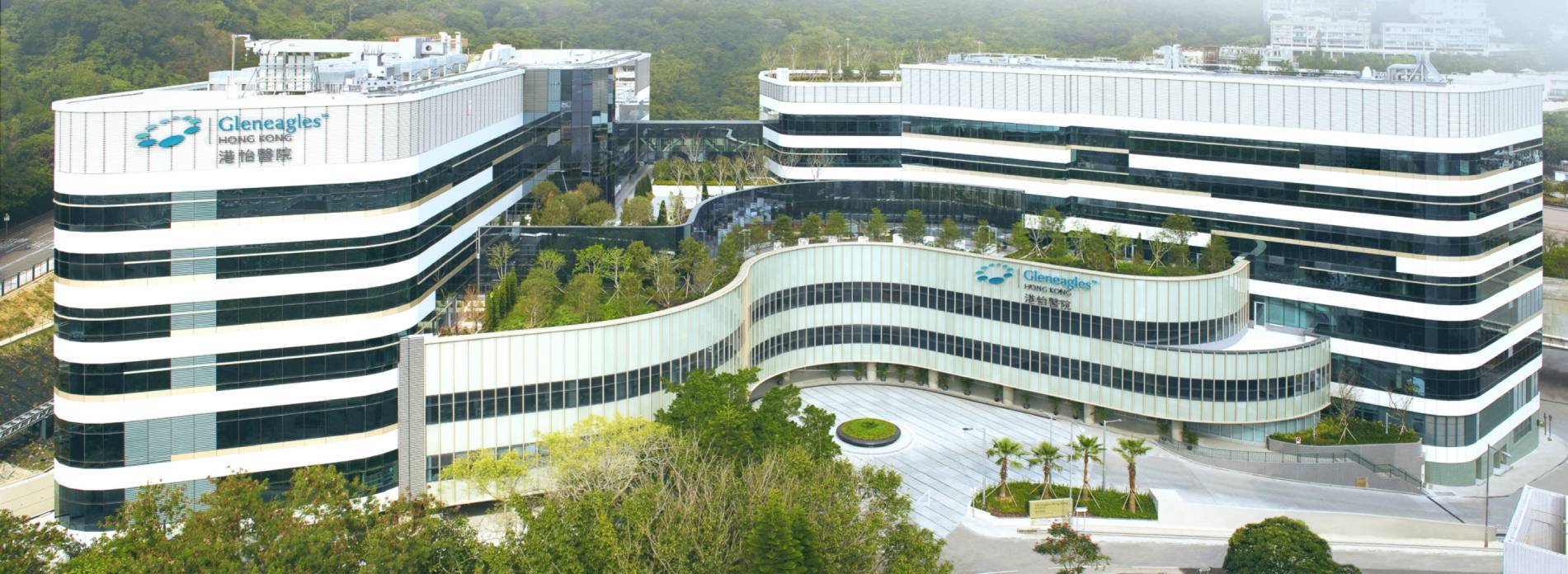The Problem with Gastroscopies

When Mr Chan sought medical treatment due to severe stomach pain, a gastroscopy confirmed that he had a stomach ulcer and an Helicobacter pylori (H. pylori) infection. Although his 4-year old daughter had no symptoms, Mr Chan was worried that she might also have an infection, so he took her to the paediatrician for an examination.
The most direct way to diagnose a gastric or duodenal ulcer for both children and adults is an upper gastrointestinal endoscopy, commonly known as a gastroscopy. For the examination, the patient is sedated with anaesthesia. Then, the doctor inserts an endoscope down their throat and into the stomach and duodenum, which they use to check various regions for signs of an ulcer and to extract tissue for testing. After the course of treatment concludes, the paediatrician may consider a breath and stool test to confirm whether the H. pylori has been successfully eliminated. If everything goes smoothly, the whole process generally takes about 10 minutes.
Gastroscopies are very safe. However, although the risks of performing a gastroscopy are the same for both children and adults, the examination process may be very unpleasant for children. The vast majority of children who are tested for H. pylori have stomach or duodenal ulcers, in accordance with international guidelines. Doctors do not recommend testing children for H. pylori if they only have a bellyache and no other symptoms. They also agree that an H. pylori test should not be a part of a routine health check.
Some parents worry that if their child has an H. pylori infection, it will lead to stomach cancer. However, compared to adults, children have a much lower risk of developing this cancer. In addition, of those children who do have H. pylori and receive proper medical treatment, up to 20% will be re-infected within a year. Therefore, testing for H. pylori is not an effective way to reduce the risk of cancer.
Children and adults who are infected with H. pylori receive the same course of treatment – one kind of antacid and two kinds of antibiotics, lasting 10 to 14 days. In the past, doctors would only prescribe seven days of medication, but recent research has found that it takes longer to effectively remove H. pylori.
Please do not underestimate the potential problems of children taking medicine for two weeks. Most children have trouble complying with the treatment because the medicine does not taste good and is difficult to swallow. Thus, parents will need to spend a lot of time ensuring their children actually take their medication. In addition, the stomach medication and antibiotics can cause side effects such as gastrointestinal discomfort and vomiting. Furthermore, even if the medication successfully treats the H. pylori, the stomach may release more stomach acid later, causing further abdominal pain.
With regards to H. pylori, laboratory tests and treatment regimens can often cause children more harm than good. If a child has no symptoms or only has abdominal pain, a doctor should give them a physical exam instead. More than 90% of stomach aches among children under the age of 5 are normal, with no underlying organ dysfunction or structural problems. Through a physical exam, the doctors can assess whether further examination is warranted, based on the child's growth, appetite, and presence of anaemia.





